The Environmental Protection Agency states that, “The average adult breathes 13,000 liters of air per day; children breathe 50 percent more air per pound of body weight than adults.”

And, because children’s respiratory systems are still developing, they are much more vulnerable to the health dangers of airborne and other pollutants or allergic particles in the home.
What is of particular concern are fine and coarse particles, less than 2.5 micrometers, and those between 2.5 micrometers and 10 micrometers, respectively. Of the two, the coarse particles hold more health dangers in that they are small enough to be breathed into the respiratory tract and into the lungs, but at times may be too large to be easily exhaled.
But particles aren’t the only health threats in our homes. To understand the severity of this matter, the Environmental Working Group (EWG) commissioned laboratory tests to determine the effects of pollutants. The tests found as many as 232 chemicals in newborns in the study; the chemicals included mercury, fire retardants, pesticides, and Teflon chemicals. And, the blood cord portion of the study “produced hard new evidence that American children are being exposed, beginning in the womb, to complex mixtures of dangerous substances that may have lifelong consequences.” This is pretty scary stuff; a bit of knowledge can go a long way.
What Contributes to Indoor Pollutants?
While particulate matter can come from a number of sources such as windblown dust, fuel combustion, power plants, and pesticides, it can also come from products, foods, and other substances within your home.
Plastic chemicals are in the top tier on the list for toxic exposure culprits. BPA, which was found in newborn umbilical cord blood, is found in products such as plastic water bottles, plastic gallon milk bottles, plastic utensils, tooth sealants, soda cans, baby toys*, bottles, pacifiers, and sippy cups. There is also phthlates which can be found in processed food packages, shower curtains, vinyl flooring, detergents, certain beauty products, fragrances, toys, and many other products.
There is also outgassing from new carpets, furniture, and paint products. Air fresheners release odor-masking chemicals. Traditional cleaning supplies, foods, and a host of other products also contribute to your toxic exposure. While some of these toxins are difficult to avoid, there are steps you can take to substantially reduce your exposure to others.
11 Steps to Help Minimize Pollutants in Your Home
- This should be obvious: do not allow cigarette or cigar smoking in your home, even wood burning fireplaces contribute to indoor pollutants.
- Eat organic produce and free-range meats: this reduces your exposure to pesticides and fertilizers.
- Avoid processed and prepackaged foods. Eat as much raw, fresh foods that you can. Along with this, try to avoid artificial sweeteners, food coloring, and MSG.
- Avoid plastic food and drinking containers, as well as plastic wraps. Use glass for storing food, and invest in an eco-friendly water bottle.
- Avoid using artificial air fresheners, dryer sheets, and other synthetic fragrances.
- Use organic or natural shampoos, antiperspirants, cosmetics, and other beauty supplies.
- Use ceramic or glass cookware in place of Teflon pots and pans.
- If remodeling or painting, look for “green” toxin-free products.
- Use fabric shower curtains in place of vinyl.
- Check for radon in your home.
- Have your tap water tested for contaminants. You can also contact your water utility and request their Consumer Confidence Report. If there’s a problem, an easy fix is to use water filters on all your faucets and shower head.
For more suggestions on improving your indoor air quality, check out the American Lung Association’s checklist for preventing air quality problems.
Jacob Maslow runs the Allergy Relief Blog for Allergy Be Gone, a retailer of healthy home products. Allergy Be Gone.com is a great place to find natural, eco-friendly, and chemical-free cleaning supplies.
Image credit: DieselDemon at Flickr under a Creative Commons license







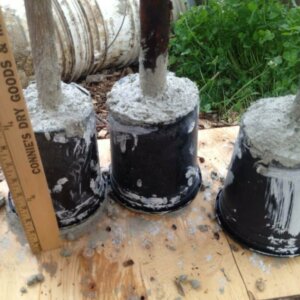
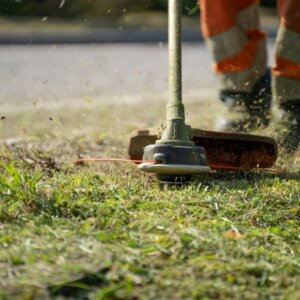









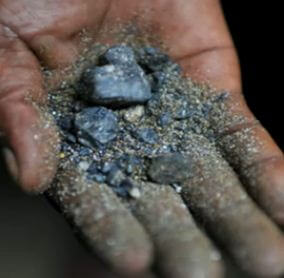




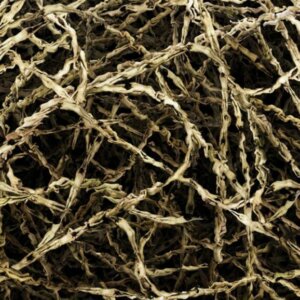




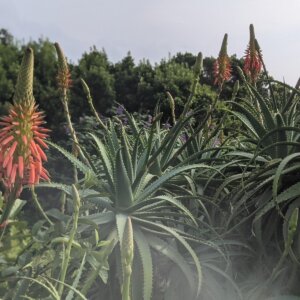

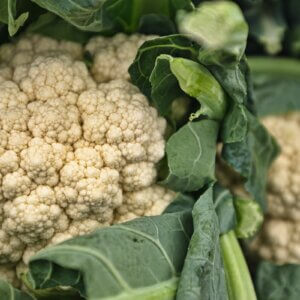








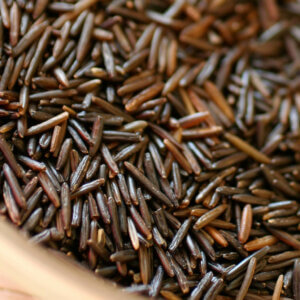


Leave a Reply